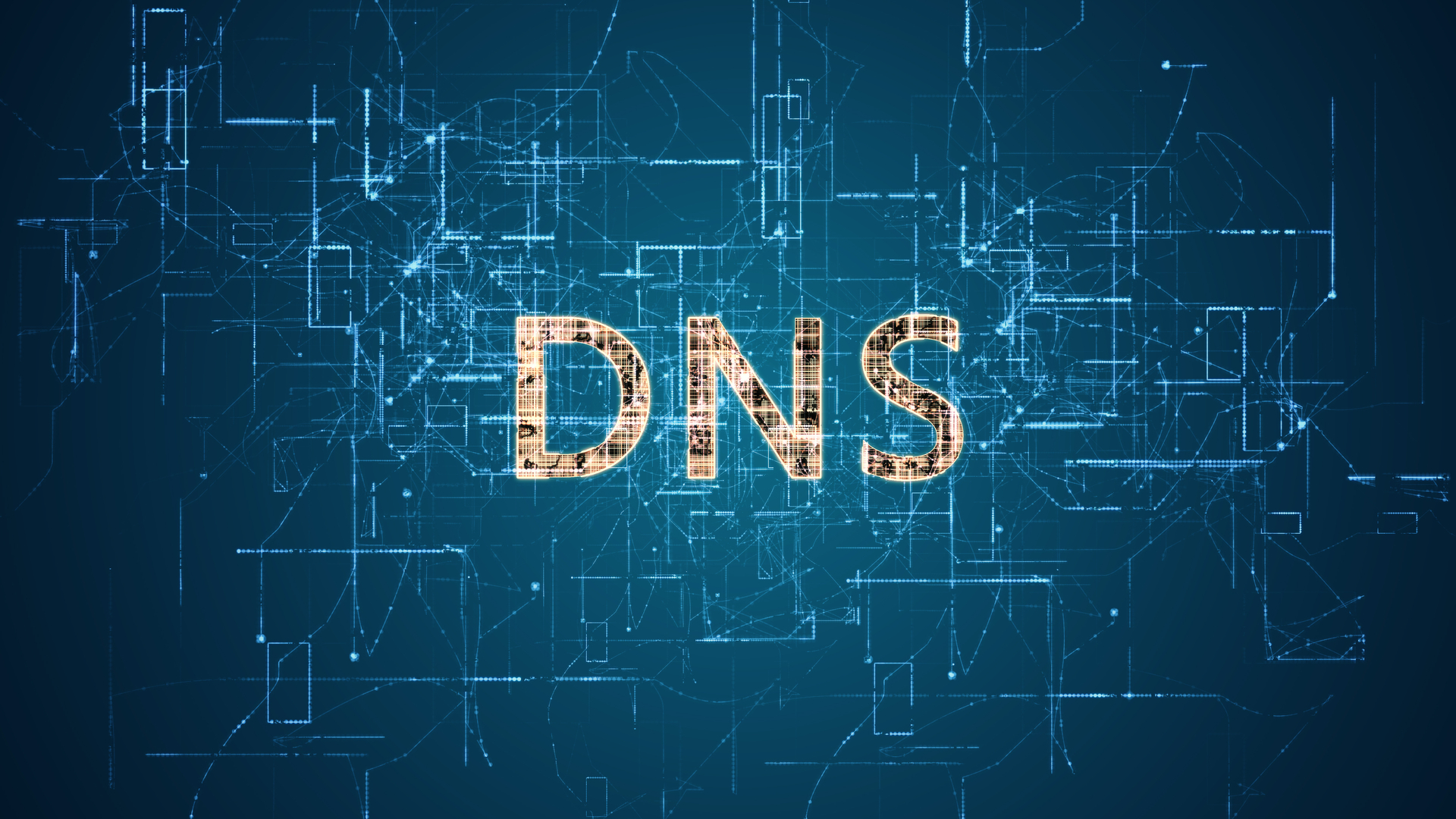Kaminsky flaw fixed for .com and .net by 2011
Verisign anticipates an industry-wide effort to finally rid the net of the Kaminsky flaw.

DNSSEC, the long-term solution to the Kaminsky vulnerability, should be completed for .com and .net domains by the first quarter of 2011.
So claims internet infrastructure company Verisign, which said it had made rolling out DNSSEC a "strategic priority," working with ICANN and business communities in a "collaborative industry-wide effort".
The Kaminsky vulnerability made headlines in 2008 for affecting the internet Domain Name System (DNS), which changes web addresses to IP addresses.
The flaw meant that users could be sent to malicious sites even if they typed in legitimate addresses, and forced a multi-vendor effort to fix the problem.
DNSSEC adds an extra layer of cryptography, which enables organisations to digitally sign their DNS data.
"This means that name servers that support DNSSEC can cryptographically authenticate and check the integrity of that data," said Cricket Liu, vice president of architecture at Infoblox.
"That makes things like the Kaminsky vulnerability, which is a cache poisoning attack, impossible to carry out."
Get the ITPro daily newsletter
Sign up today and you will receive a free copy of our Future Focus 2025 report - the leading guidance on AI, cybersecurity and other IT challenges as per 700+ senior executives
Liu said that, up until recently, it had been difficult to put DNSSEC into place as it was "complex".
"Tools that you would use to digitally sign the DNS data have been fairly rudimentary," he said.
According to Infoblox's annual DNS survey, released on the same day as Verisign's announcement, the number of DNSSEC signed zones had increased by approximately 300 per cent.
Liu said: "In terms of the percentage it is pretty impressive, but in terms of the absolute zones that have been signed, it is pretty small."
"We'd really like to see the adoption continue to increase," he added.
-
 DNS loophole could allow hackers to carry out “nation-state level spying”
DNS loophole could allow hackers to carry out “nation-state level spying”News Sensitive data could be accessed from corporate networks using vulnerability
By Rene Millman
-
 What is DMARC and how can it improve your email security?
What is DMARC and how can it improve your email security?In-depth Protect your customers and brand rep with this email authentication protocol for domain spoofing
By Gabriella Buckner
-
 Cloudflare and Apple launch privacy-focused DNS protocol
Cloudflare and Apple launch privacy-focused DNS protocolNews Oblivious DNS-over-HTTPS safeguards users' browsing habits from third parties
By Sabina Weston
-
 What is DNS?
What is DNS?In-depth We explain what DNS is, how it works, and how outages can be avoided
By Dale Walker
-
 D-Link routers under siege from months-long DNS hack
D-Link routers under siege from months-long DNS hackNews The attackers are running malicious IPs through a Google Cloud Platform virtual machine
By Connor Jones
-
 SMBs warned over corrupted SOHO router risk
SMBs warned over corrupted SOHO router riskNews Team Cymru researchers claim 300,000 routers may have had their DNS settings changed by cyber criminals.
By Caroline Donnelly
-
 Will the FBI close down your online business this March?
Will the FBI close down your online business this March?In-depth In tackling the DNSChanger botnet, the FBI may take a load of businesses offline. Davey Winder is, unsurprisingly, anxious...
By Davey Winder
-
 DNS Changer botnet smashed in major cyber crime bust
DNS Changer botnet smashed in major cyber crime bustNews A botnet that is thought to have earned its controllers $14 million is dismantled.
By Tom Brewster

